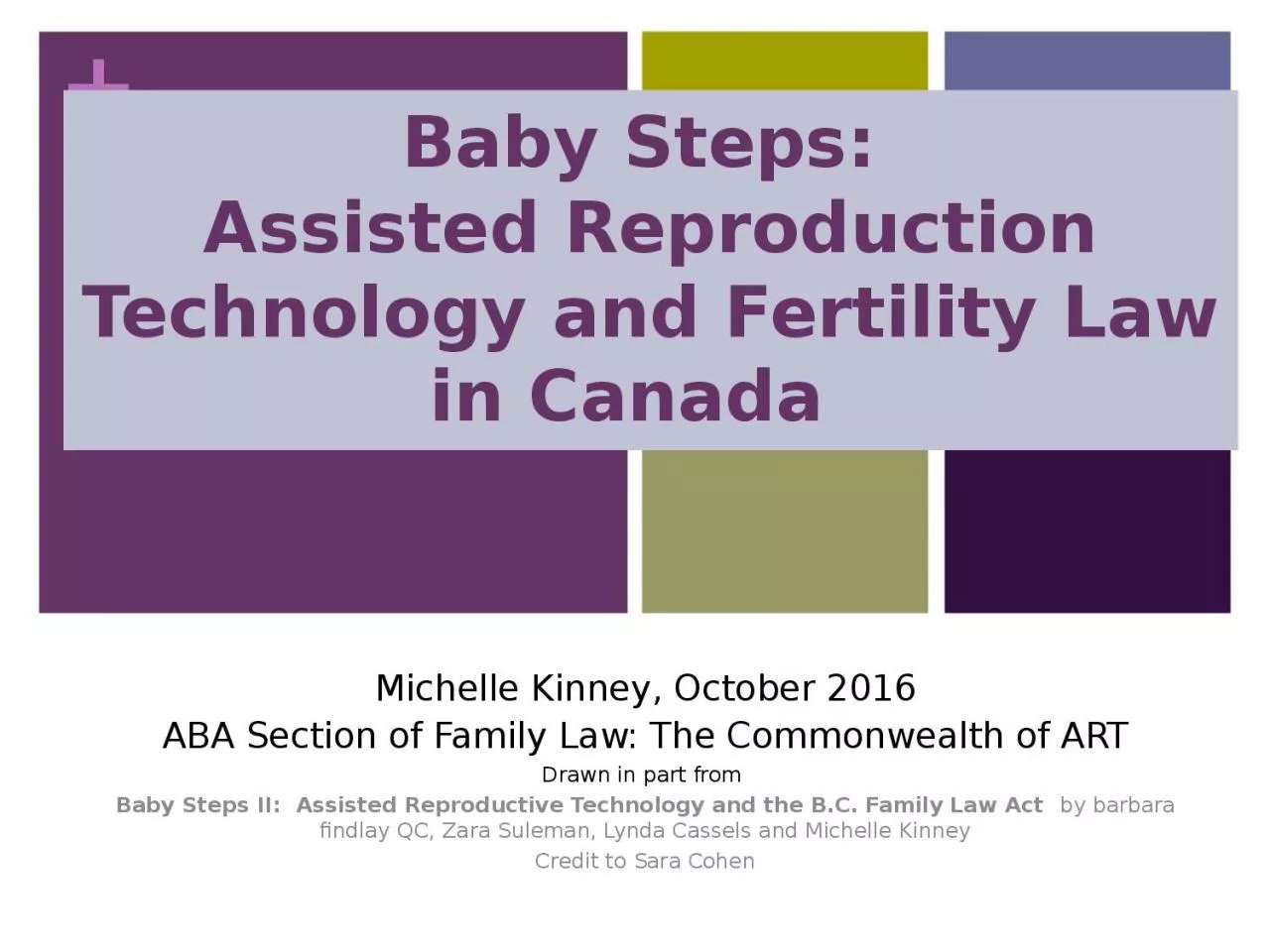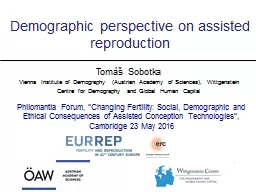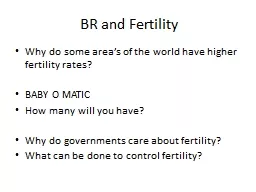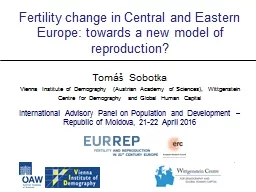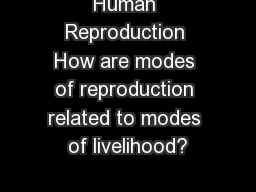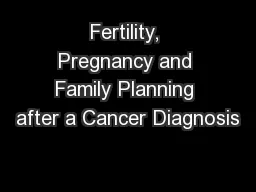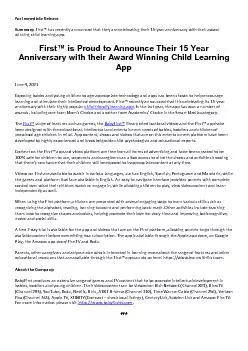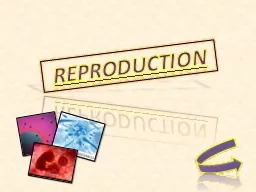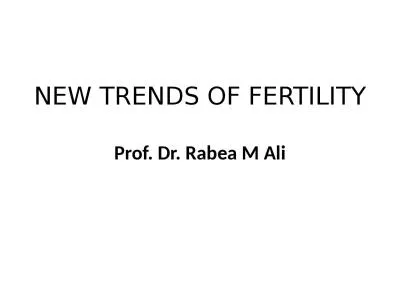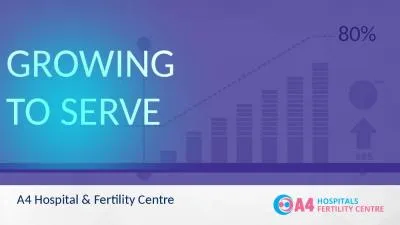PPT-Baby Steps: Assisted Reproduction Technology and Fertility Law in Canada
Author : AngelFace | Published Date : 2022-08-02
Michelle Kinney October 2016 ABA Section of Family Law The Commonwealth of ART Drawn in part from Baby Steps II Assisted Reproductive Technology and the BC Family
Presentation Embed Code
Download Presentation
Download Presentation The PPT/PDF document "Baby Steps: Assisted Reproduction Techn..." is the property of its rightful owner. Permission is granted to download and print the materials on this website for personal, non-commercial use only, and to display it on your personal computer provided you do not modify the materials and that you retain all copyright notices contained in the materials. By downloading content from our website, you accept the terms of this agreement.
Baby Steps: Assisted Reproduction Technology and Fertility Law in Canada: Transcript
Download Rules Of Document
"Baby Steps: Assisted Reproduction Technology and Fertility Law in Canada"The content belongs to its owner. You may download and print it for personal use, without modification, and keep all copyright notices. By downloading, you agree to these terms.
Related Documents

